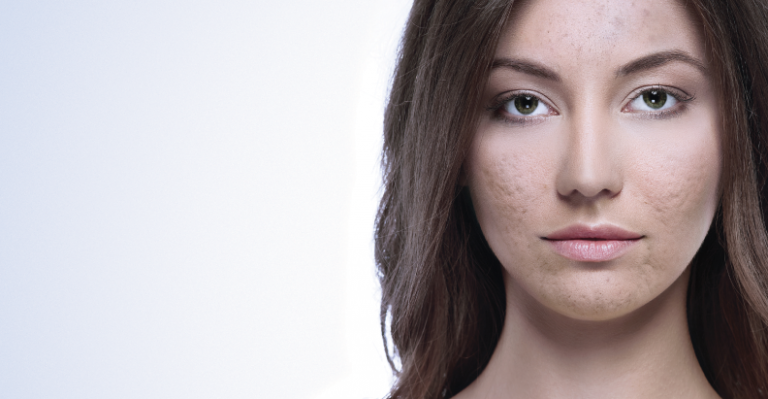Fractional Lasers (CO2, Erbium:YAG or Erbium:Glass) induce microscopic 3 dimensional zones of thermal damage, surrounded by healthy, viable tissue. This pattern of treatment allows a rapid stimulation of collagen and healing process to replace the disorganized, compacted scar tissue with healthy cells.
The most striking difference between the 3 different lasers is the ability to ablate the tissues. CO2 and Erbium:YAG laser can remove the outer skin layer at the entry point of the laser beams. Fine scabbing will form and the dead skin will peel off several days later. Erbium:Glass laser on the other hand is completely non-ablative and associated with much reduced downtime. All 3 laser systems are equally effective in treating various types of scars.

Injection is suitable only for raised scars (hypertrophic, keloid scars). Cortisone is used to dissolve the collagen and fibres deposited within the scars, thus flatten the area.
6 to 8 sessions of laser are usually needed, more treatments are indicated for severe cases. Injections of cortisone can usually produce satisfactory results even after the first treatment.
Subcision technique is used to release the attachment of deep fixed scars from the skin below; strong chemical acid and dermal filler can be considered.